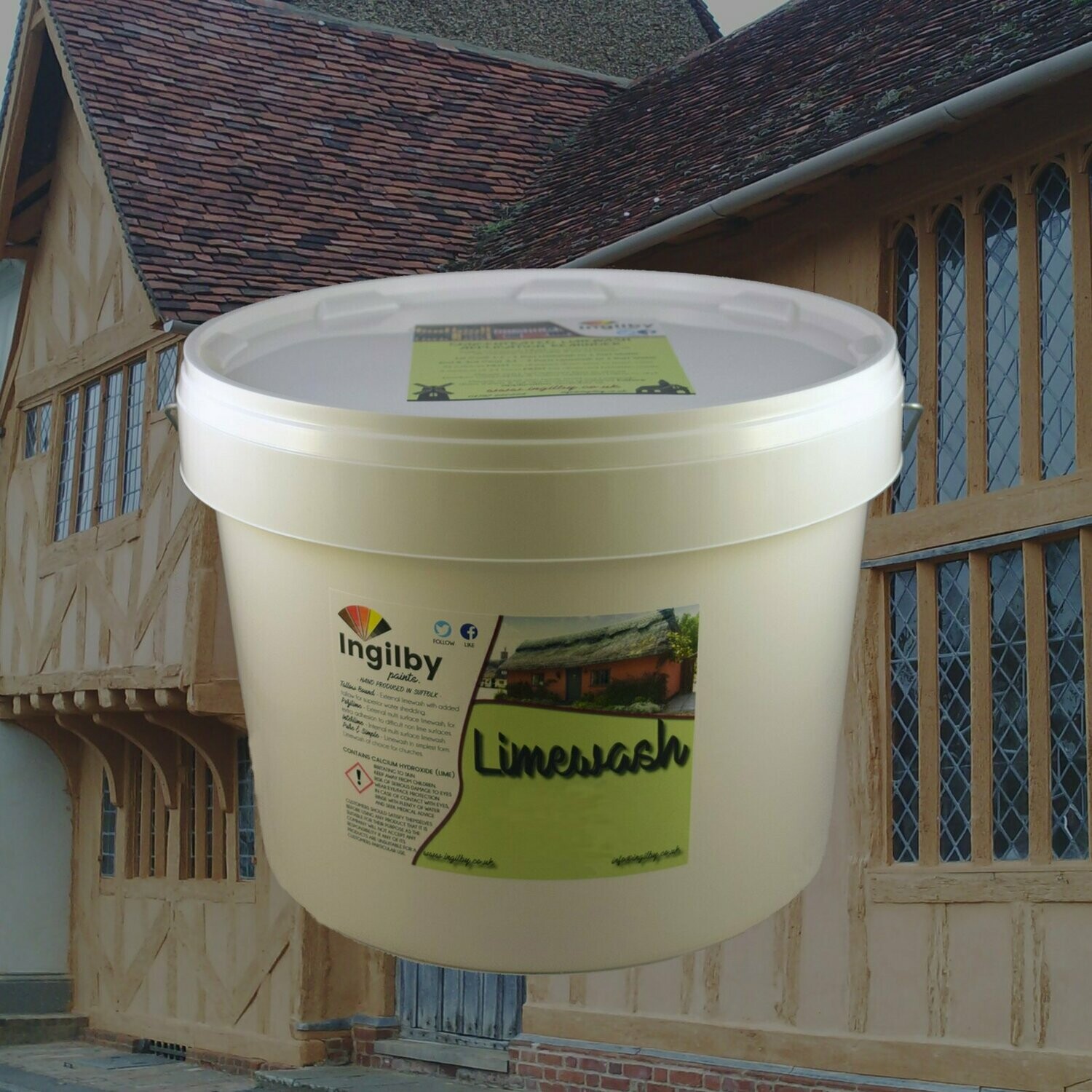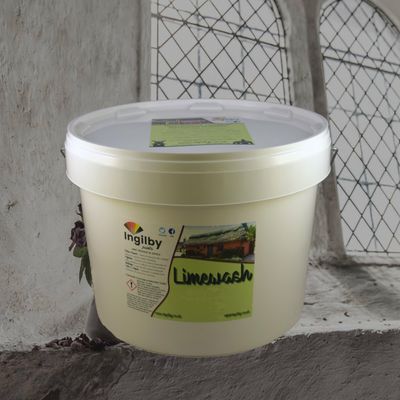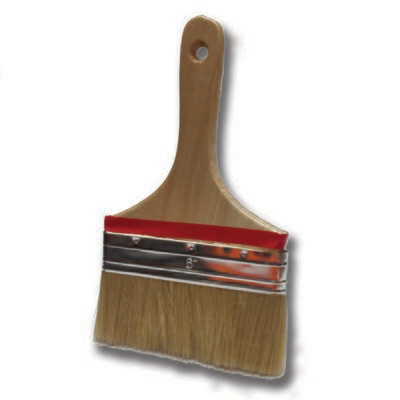Store
Pozilime Limewash - External multi surface Limewash
CONCENTRATED LIMEWASH - TOTAL LITREAGE UP TO TWICE AS MUCH ONCE DILUTED
An external limewash made from pure filtered slaked lime with glassy pozzolanic spheres. Modified with minimal linseed oil and a synthetic polymer resin for enhanced adhesion whilst retaining high breathability.
For application onto difficult surfaces, cement render, brick, previously painted surfaces & other substrates as well as traditional lime render, wattle and daub and other breathable substrates.
Gives traditional limewash matt finish across breathable renders as well as difficult surfaces giving good breathability where needed as well as adhering to modern surfaces and coatings.
Pozilime has a slight textured finish due to the pozzolanic additive.
Pozilime History
Many period properties have modern additions including brickwork extensions for example. Here at Ingilby Paints we were often asked to create an external masonry paint for modern extensions as well as a limewash for the breathable period part of the building. Although a perfectly good way to decorate customers were noticing the variance between the two finishes and were frequently requesting a product that would allow a uniform finish across both modern and traditional parts of the building.
This is when Pozilime Limewash was formulated. Pozilime Limewash allows traditional breathable areas of the property to breathe as well as adhering to those modern substrates that a normal limewash would not and therefore allowing a uniform look for the whole building.
What is limewash?
Limewash, colour wash, whitewash, similar names for limewash, traditionally and today, the coating applied over lime plaster/render, wattle and daub and clay lump surfaces. This allows the building to continue to breathe, allowing vapour /moisture to pass out of the structure. So what was the importance of limewash apart from its ‘breathability’? Renders, daubs and clay are all by nature coloured, either from itself or sand used with lime, so to wash over the surface with limewash would cover up various colour shadings and a drab appearance.
Most early limewash would be white as colours would be for the rich or the more ambitious. Other than the aesthetic aspect, most families had their own recipes for a basic limewash i.e. lime putty thinned with water to a consistency like milk or even thinner. This was the simplest whitewash and would set and harden rapidly compared to the render, offering some protection to the surface from rain . Additives ran from Tallow (fat), oil, salt, urine, copperas and casein to mention but a few and these could be used in many combinations.
Why use limewash and not paint?
Limewash is not paint, but should be considered as a thin render with colour or without colour. Lime render is much softer than cementatious renders and breathes readily to allow vapour passage. Modern paints tend to be too strong and will pull the surface off the plaster and paint flaking can ensue. Add to the main fact that the breathability of paints varies greatly and detracts from the vapour movement required in old and historic buildings, keeping wet out and allowing the damp to escape.
Which of Ingilbys limewashes should I use?
‘Tallow bound’ Limewash
-
'Pozilime' Limewash
-
'Interlime’ Limewash – Internal limewash formulated for extra resilience and adhesion to lime, modern plaster and emulsions.
‘Pure & Simple’ Limewash – Internal & external limewash in simplest, purest form. Limewash of choice for churches and beams.
What colours are available in limewash?
Having moved on through the years we have today a wide range of pigments and a huge range of paints for modern houses, these modern paints have almost destroyed our historic buildings over the last 50-
The demand for limewash has increased in popularity and its ‘life span’ has become known as better than paint. Many owners look for limewash for modern houses as a vibrant natural finish, albeit the vogue. This has placed greater demand for more limewash colours and deeper colours.
We at Ingilby Paints offer colours from our Colour Cards as well as Colour Creation in all four of our limewash foundations as well as access to recipes for thousands of colours spanning our 30+ years of manufacture. These recipes include colours ranging from pastel shades and creams to deep terracottas, yellows, reds and greens using traditional and historic pigments including red, yellow and black oxides of iron, raw and burnt umber and sienna as well as modern pigments and stainers.
View our other pages for more information or for any other questions & queries or to place an order visit our Contact Us page.
Finish & Coverage?
All of Ingilbys four limewash foundations are a matt finish with an average spread rate of 9m² per litre per coat.
IMPORTANT
In order to help projects run smoothly and safely we strongly encourage that all relevant data sheets are read thoroughly. If, at any stage further guidance is required please do not hesitate in contacting us for advice. We will do all we can to supply information to the best of our knowledge and experience.
We also request that customers take advantage of our Samples service, available from our online store, to ensure product compatibility and/or colour satisfaction before placing full orders.
Please familiarise yourself with the relevant Technical Data Sheets (TDS), Material Safety Data Sheets (MSDS) and Preparation & Application Guidelines Sheets (PAGS) available here.








